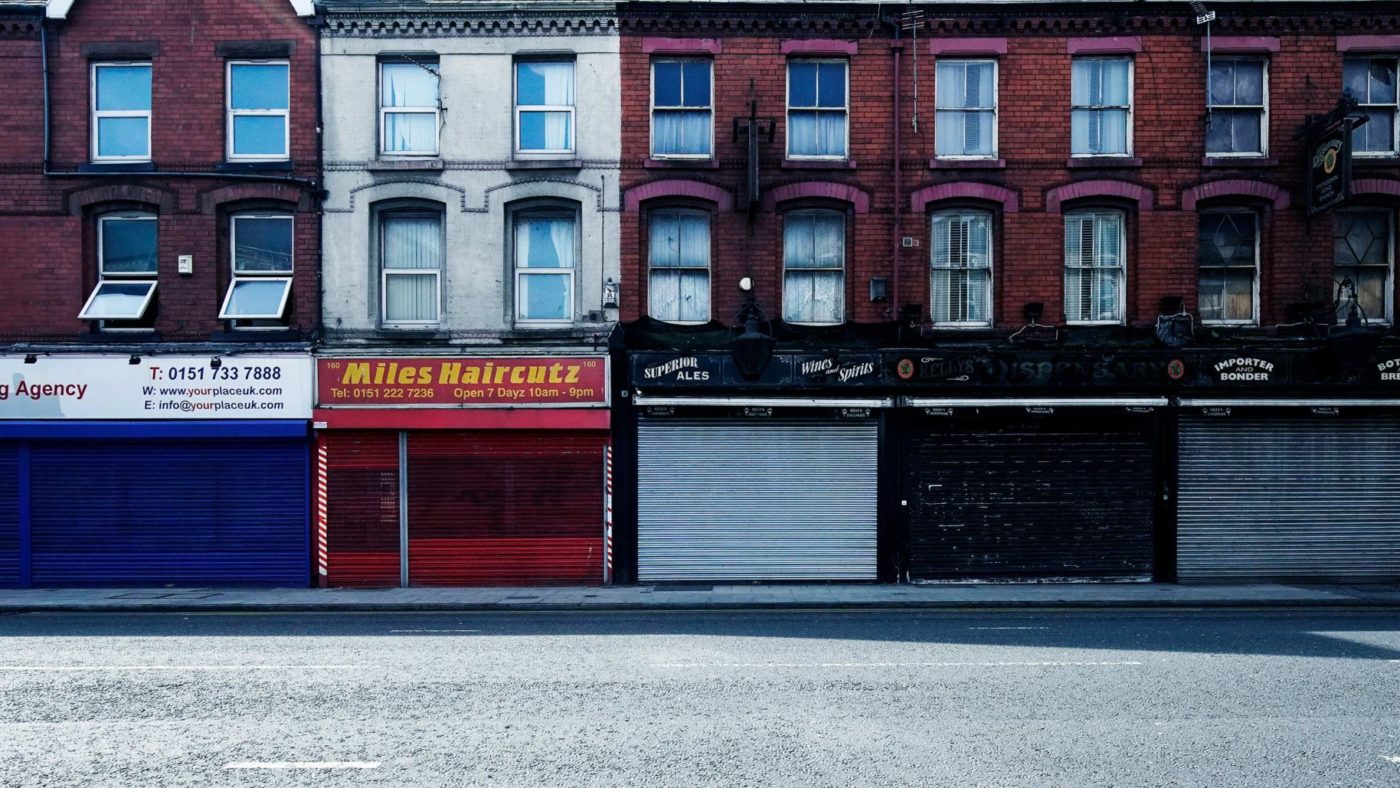According to the Deputy Chief Medical Officer, we may be looking at a strict lockdown until June, with significant restrictions for as long as six months.
GDP is forecast to be down 15% this quarter on some estimates and the longer the lockdown, the deeper this slump will get. The scale of the economic collapse we are looking at leads to a grim conclusion – that the cure could end up being worse than the disease.
The problem here is a lack of joined-up government, an inability to see things in the round. The medical experts are thinking about medical matters, as they should, but there is more to life, and death, than any single expertise can cover. Another way to put this is that old economic saw, that there are no solutions, only trade-offs. There are costs to everything just as there are benefits and the task is to balance them in order to gain the optimal outcome given what the universe throws at us.
This is not to make the mistake of claiming that money, share prices and asset values outweigh lives. Rather, it’s to point that GDP is the sum of economic activity, production, incomes and consumption. If that falls 15% that means we are are all significantly poorer – and that poverty will kill people as surely as the virus is doing.
Now, the direct and immediate effect of recessions on the death rate is up for debate. Evidence suggests, however, that suicide rates rise, and birth weights drop leading to higher infant mortality. On the flipside, people drive less, leading to fewer accidents overall, (even if rates per mile remain static). The rate of industrial accidents also falls – perhaps because those in the most dangerous jobs are often the first to get laid off. It’s clearly extremely to work out precisely what causes what, and people can disagree about the balance of these effects.
But this isn’t even the important underlying question anyway. To use the language of economics, the task of public policy is to maximise human utility over time. That’s why we bear costs now in order to mitigate or eliminate the effects of future climate change.
It’s also why the NHS limits access to treatments to those which cost less than £30,000 (or £50,000 for some diseases) per quality adjusted life year gained. Of course, we could spend every penny we have on prolonging human life, but we would not have much left for all the other things the public want – roads, schools, police and so on. In that sense, there is a value to human life, which is measured in what we give up to save it. Governments and society takes these difficult decisions all the time and this pandemic is no different.
To return to the effects of a recession on mortality, there’s no doubt that over time a significant loss of GDP will kill people. For healthcare is something society spends more of its income upon as incomes rise. Naturally, a richer country will spend a higher portion of GDP on health care than a poorer one. Equally, a fall in GDP will lead to health care spending as a share of GDP falling. Even ignoring the proportion, a poorer country will by definition have less to spend on healthcare than a rich one.
The optimal point is to balance spending on maintaining human life, while avoiding the damage to those same lives caused by a slump in economic activity. That is the dilemma facing our politicians: the longer the lockdown, the longer the resultant recession, the more killed by the avoidance the fewer by the disease and vice versa with the shorter societal stopping.
Again, we must stress this is absolutely not about putting money before people’s welfare. It’s simply to point out that both courses of action – the lockdown, and a return to something like normality – have their costs and benefits. There is a problem of immediacy here, of course. We will know about the person that dies gasping for lack of a ventilator, but may never read a headline about those carried off by societal poverty. We just know that they’ll have been there and then they aren’t.
The last time something like this happened – the data about Spanish Influenza is limited – was the Asian Flu in 1957. The economy suffered a quarter of precipitous fall similar to today’s and then bounced back sharply. The aim now is to achieve the same thing, to minimise overall deaths from all causes. To my mind, a six month shutdown risks missing that target by tipping the world into a depression that is more damaging than the disease itself.
Of course, it is possible to argue with the specifics here. Some might say the optimal point is a one month lockown, or three, or five. The logic, uncomfortably, is ineluctable. There is a point at which the economic losses kill more than the disease avoidance saves. It’s a decision, however harsh, that has to be made.
The tricky thing is that politics is both the only way we can decide what that point is, but is also a pretty bad way to do so. For politics is always about what can be seen – those deaths from disease – never about the unseen, those who end up dying from the attempted cure.
Click here to subscribe to our daily briefing – the best pieces from CapX and across the web.
CapX depends on the generosity of its readers. If you value what we do, please consider making a donation.


